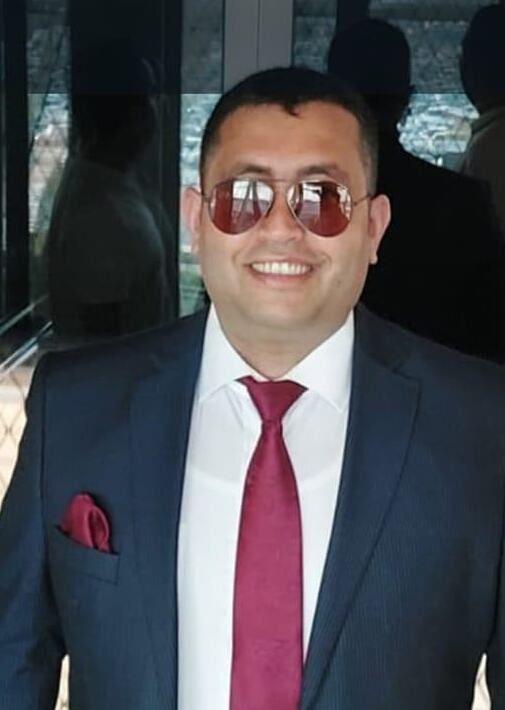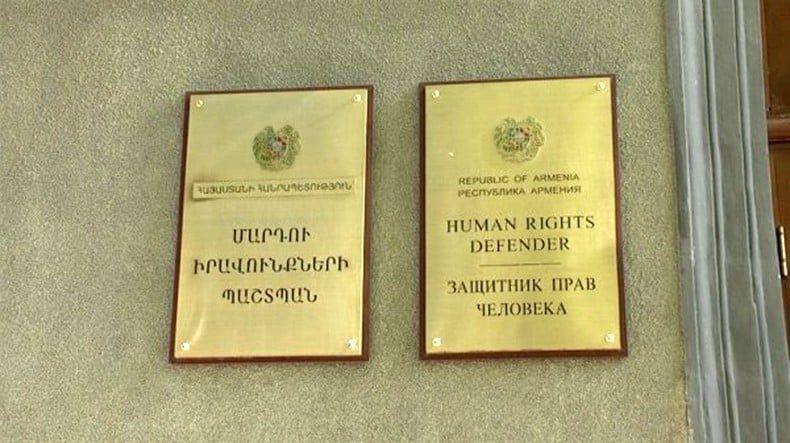(MENAFN- AzerNews)

Qabil Ashirov read more When the former Karabakh clan was in power in Armenia, murders,
corruption, political persecution and a number of criminogenic
situations became almost commonplace in the country. On October 27,
1999, the joint murder of Karen Demirchiyan, the former prime
minister of Armenia, and Vazgen Sargsyan, the commander of the
Armenian army at that time, deepened the political turmoil in the
country. The rift between the people and the government deepens,
crimes become widespread, and arbitrariness begins to reign in the
country. Thus, Armenia becomes the worst place of human rights and
centre of criminal groups.
Over time, this trend begins to reverse its direction along an
imaginary course. Nikol Pashinyan, who is young but weak in
political sphere, takes over power through the Velvet revolution by
creeping into Western millionaires' favour. During Pashinyan's
coming to power, various criminal incidents took place, but the new
prime minister was able to cover up these cases with certain
competence. Pashinyan frustrated the population in terms of human
rights. Many in Armenia and the world thought and expected that
after Pashinyan the dire situation in human rights will change
positively. However, this did not change many stereotypes in
Armenia's traditional political system.
It is worth noting that prior to Pashinyan's ascending to power,
Armenia was one of the most repressive countries in the world and
fascism reigned in the country. Not just ordinary citizens, but
also minority groups and cultural heritages of different nations
were subjected to oppression and vandalism. Take thousands of
Azerbaijanis and Muslim Kurds, for example. They were expelled from
Armenia at the end of the 1980s and at the beginning of the 1990s.
Besides, every four Russians, the compatriots of the strategic ally
of Armenia, out of five were obliged to leave the country in the
1990s. Even the Russian Orthodox Church which was built in the
village of Kuropatkino of Khojavand region in 1894 was subjected to
vandalism and demolished. Besides, Armenians destroyed the cultural
heritages of other nations or turned them into animal stalls.
Armenian Markar Melkonyan's book "My brother's Road" describes
Armenia's attitude to a human being as follows: An Azerbaijani is
chained and held captive like a dog. They throw food in front of
him like a dog. One day, an Armenian holding an Azerbaijani captive
beheaded him. However, nightmares don't leave him alone every day.
He goes to the Armenian priest and says: is it a sin to cut off a
dog's head?
The priest asks: a two-legged dog or a four-legged dog?
Armenian killer (Kechal Sergey) says: two-legged dog
And the priest answers the question, "If it is a two-legged dog,
it is not considered a sin."
If this is the attitude of a nation towards a human kind, then
it is not worth talking about the situation inside it. Armenians
tried to alienate all ethnic peoples throughout history by
conducting politics worse than fascists. After expelling other
nations and turning multiethnic Armenia into a monoethnic country,
the government started to oppress ordinary Armenians as well.
Citizens were arrested without any court, tortured, and even
killed. Take Poghos Poghosyan, who was beaten to death by the
bodyguards of then President of Armenia Robert Kocharyan. The
bodyguard was sentenced to a year of probation.
Even the victims were forced to give up and not appeal to
relevant organizations for investigation. The country's
Investigative Committee provided details on the incident. The case
of David Simonyan, a resident of Yerevan, exemplifies it. On April
1, 2007, David Simonyan was hospitalized with the wound. The police
in Yerevan closed the case hastily claiming that his friend Arthur
Ghevondyan shot him inadvertently with the gun found in the street.
Later, it was uncovered that David Simonyan was shot by Hayk
Sargsyan, the nephew of the third president of Armenia Serzh
Sargsyan.
The peak of such crimes in Armenia is the slaughtering of eight
protestors in the meeting held against the rigged election won by
the Karabakh clique in 2008. It should be highlighted that nobody
was punished for the mass killing. Later, the second president of
Armenia Robert Kocharyan said that the Armenian government
deliberately did it and if we [the Armenian government] had not
killed them Azerbaijan would have taken advantage of the protests.
Frankly speaking, his words prove the prominent saying which claims
that dictators need external enemies for suppressing discontent in
the society.
The list of crimes relating to the violation of human rights
before Pashinyan can be prolonged, but the list is so big that
unfortunately, one article is not enough to shed light on all of
them. Of course, Pashinyan used these crimes against the Karabakh
clique in 2018 when he called the citizens to rush to the streets.
Believing Pashinyan would change the then-current situation, the
citizens supported him and the Karabakh clique was forced to
descend from power. However, Pashinyan swallowed his words, and
nothing has changed so far. It should be highlighted that according
to the media outlets over 70 people died in 2018-2022.
One of the noisy killings was the murdering one of the
protestors in November 2020. Local Armenian media claimed that the
corpse found in Yerevan belonged to the man who had sat in the
armchair of the speaker of the Armenian Parliament.
Sashik Sultanyan, a citizen of Armenia of Yezidi origin was
punished over his interview with an international media outlet. The
guilt of the Sashik was to voice the discriminations that Yezidis
encountered in their daily lives. Self-styled democratic country
Armenia turned a blind eye to the pleas of international
organizations to drop a criminal case against Sashik Sultanyan.
According to international human rights organizations, more than
200 criminal cases have been initiated on charges of grave insults
against officials since 2021.
It is worth noting that the violation of human rights in Armenia
also impedes the integration process initiated by Azerbaijan.
Recall that Armenian anti-war activists were harshly punished and
pro-war propaganda was supported by the Pashinyan government during
the 44-day in 2020. Besides, according to Armenian journalist Roman
Bagdasarian a grocer in the territories controlled by separatists
in Karabakh was punished for selling products made in Azerbaijan.
Silencing pro-peace activists and punishing people who want to deal
with Azerbaijan is the biggest obstacle before the peace
process.
In the end, we can conclude that following this politics
Armenian government paves the road for devastation. It is no secret
that over 30 percent of Armenians have left Armenia over the past
30 years. Day by day the population of Armenia goes to decline. If
the process continues in this way, after 60 years no Armenian will
be left in the country .
---
Qabil Ashirov is AzerNews' staff journalist, follow him on
Twitter: @g_ashirov



















Comments
No comment